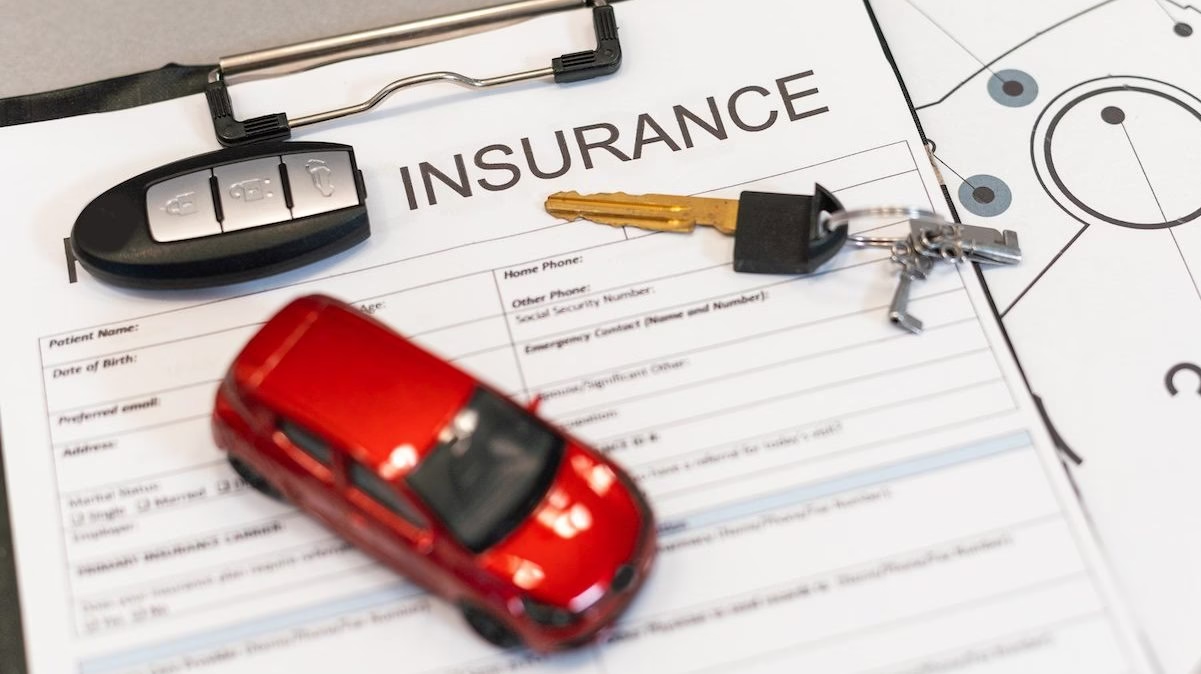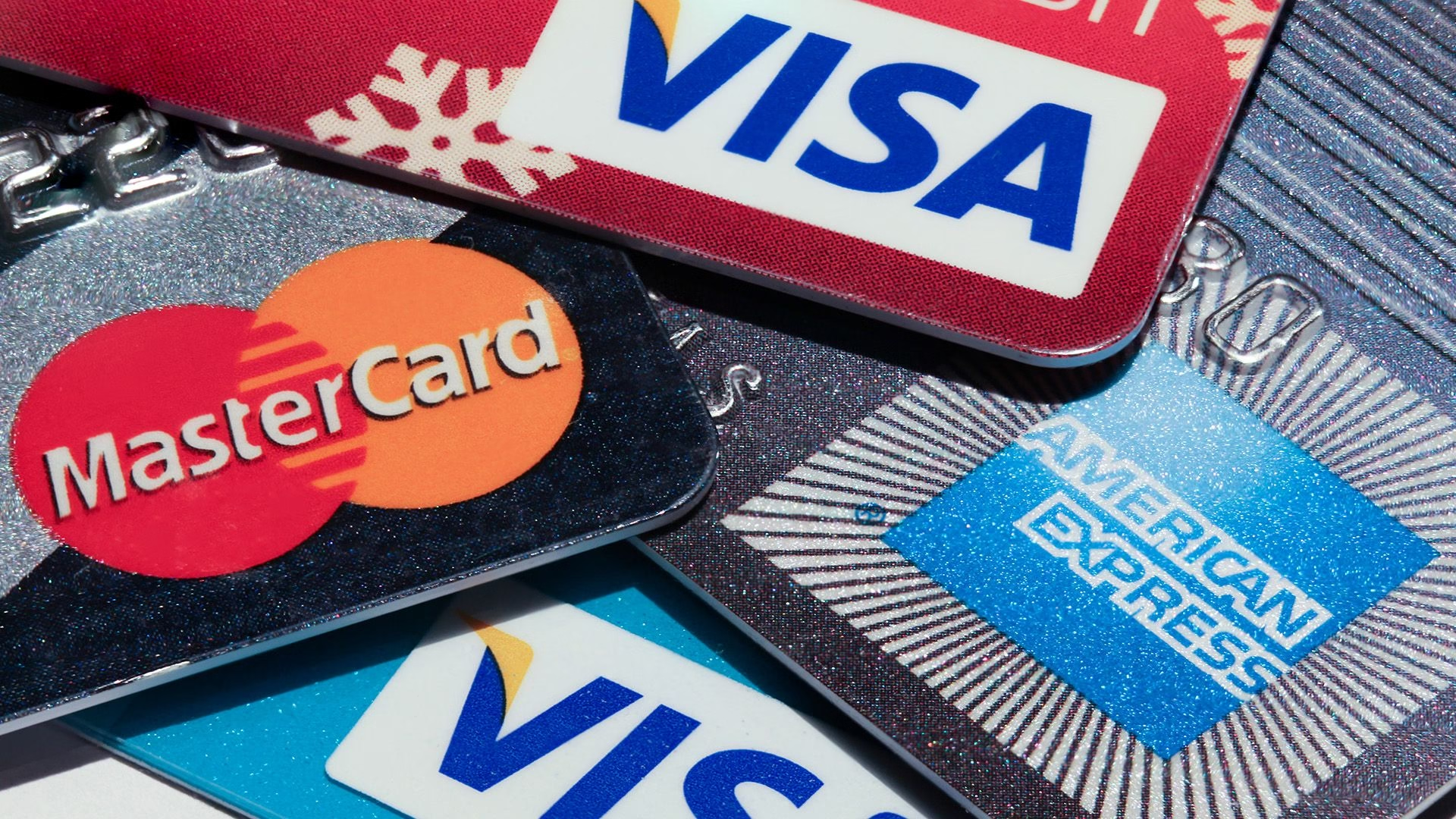Car Insurance
Obtaining affordable car insurance in the US can appear to be a grueling endeavor, but by having the appropriate facts, you are in a position to save some dollars without compromising on proper coverage. Most motorists spend more on car insurance simply because they are unaware of their options. This manual will provide all the facts you should know to obtain the best coverage at minimal expense.
1. Compare Rates from Several Providers
An excellent method of discovering cheap car insurance in the USA is to compare rates from several carriers. Providers such as GEICO provide competitive prices but always compare quotes with other carriers to ensure you receive the best price. Comparing and shopping around will save you several hundred dollars yearly, and most online comparison websites make the process easy.
2. Know Various Coverage Options
Car insurance policies have several types of coverage:
- Liability insurance: Pays for damages you inflict on others.
- Collision insurance: Covers damages to your car in an accident.
- Comprehensive insurance: Pays for damages unrelated to accidents, such as weather or theft.
- Uninsured/under-insured motorist coverage: Covers you if the other driver is not insured.
Picking out the right combination among these coverage dictates low premiums while providing satisfactory protection. Principally, leasing and car financing typically require you to carry full coverage, including collision and comprehensive coverage.
3. What factors determine the premium for a car insurance policy?
Several factors influence your rates, including:
- Car model : Higher capacity or highly valued cars attract more insurance premiums.
- Driving history record : If a car has bad track records like multiple accidents, multiple traffic violating cases, etc., then insurance premiums could be high. Still, a good record will result in lower rates.
- Vehicle Condition: Insurance charges will be high if the car condition is bad. Insurance premiums will be high if the car is too old or has been in an accident.
- Location: City dwellers usually pay more because of more traffic and accidents.
- Car insurance history: If a vehicle is not insured on a regular basis, then the insurance premium will be high. Also, premiums could be high if the vehicle is frequently in accidents.
- Credit score: Most insurers use credit scores to set premiums, with better credit scores resulting in lower premiums.
- Age and gender: Younger and male drivers tend to pay more because of statistical risk factors.
Understanding these factors can allow you to take actions that will lower your premiums, such as driving carefully and choosing a car that costs less to insure.
4. Take Advantage of Discounts
Most companies offer discounts to lower your premium. Some of the most common ones are:
- Safe driver discounts for having a clean driving record and never being in an at-fault accident or receiving a moving violation conviction.
- Young driver discounts for young drivers between the ages of 16 and 25
- Multi-policy discounts for including auto and home coverage.
- Student discounts for high school or college students currently enrolled full-time and maintaining good grades.
- Low-mileage discounts Drivers who do not commute daily and drive infrequently.
- Defensive driving course discounts for persons who complete an accredited safety course to improve their driving skills and reaction times.
- Military and occupational discounts for active and former military members and some qualified family members.
Link with your insurance provider to see what discounts you qualify for. They can lower your overall premium substantially.
5. Opt for Higher Deductibles
Regarding car insurance, the higher the deductible (the amount of money you agree to pay out of pocket if you have an accident or need to make a claim.), the lower the monthly premium rate one pays. You must make sure you can afford the higher deductible if you ever need to use it in case, as the insured, you are forced to pay damage below the deductible amount. Suppose you have a higher deductible, like $1,000 instead of $500. In that case, you are taking on more of the financial risk yourself, and the insurance company rewards you with lower monthly premiums, thus saving your annual premium by 10-20%.
6. Build and Maintain a Good Credit Score
In most cases, your credit score history plays a major role in the premium amount you pay for auto insurance. A better score leads to a lesser premium.
To maintain a good score:
- Pay bills promptly.
- Minimize debt.
- Ensure there are no errors on your credit report.
- Use low utilization.
7. Leverage Telematics and Usage-Based Insurance
Several insurance companies offer telematics or usage-based policies where your driving habits are monitored by a device or an app on your phone. Drivers who enrol in a telematics program to share live driving data with their insurer earn substantial discounts based on real-time driving behavior, such as:
- Speeding tendencies
- Braking
- Overall mileage traveled
- Time of day your drive
Such programs reward safe driving and allow you to save on costs. Check with your carrier if they offer usage-based insurance.
8. When to Update Your Policy
Life changes can alter your vehicle insurance rates. Make sure to review your insurance policy when:
- You move to a new town or state.
- You get married (many insurance firms offer lower policies for married people).
- You add or drop a driver on your insurance.
- You purchase a new or second-hand vehicle.
- Your score is significantly better.
Keeping your policy updated guarantees you are getting the best rate available on your conditions.
For more details on car insurance coverage, visit the National Association of Insurance Commissioners or the Insurance Information Institute. You can also explore Consumer Reports for independent reviews and rankings of car insurance providers.
Securing affordable USA car insurance doesn’t have to be difficult. Compare quotes, read about what is included, and use available discounts. You’ll keep insurance costs low while still getting properly covered on the roads.





Leave a Reply